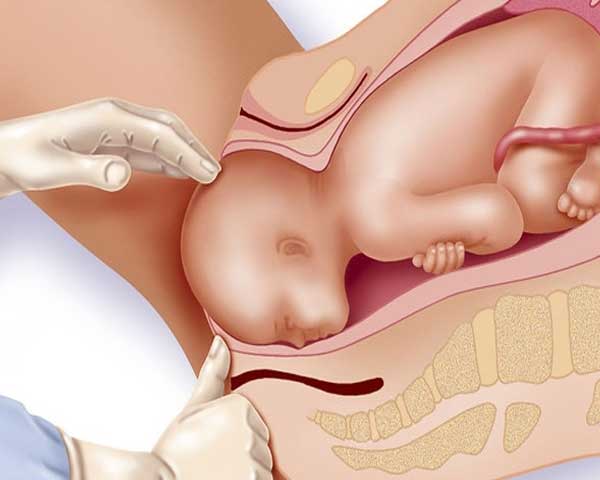Normal Delivery
Home / Normal Delivery
Home / Normal Delivery

Normal delivery, also known as vaginal delivery, is the most common and preferred way to bring a baby into the world. It's a natural process marked by rhythmic contractions, cervical dilation, and ultimately, the joyous arrival of your newborn.
Normal delivery typically unfolds in three stages:
1. Labor: This stage starts with mild, irregular contractions that gradually become stronger and more frequent. As labor progresses, the cervix dilates (opens) from 0 to 10 centimeters, allowing the baby to pass through. This stage can last anywhere from 6 to 12 hours for first-time mothers and significantly shorter for subsequent deliveries.
2. Delivery: Once the cervix is fully dilated, it's time for pushing! With each contraction, the mother bears down, using her abdominal muscles to propel the baby down the birth canal. This stage can be intense but exhilarating, culminating in the birth of the baby's head, followed by the rest of the body.
3. Placental Delivery: After the baby is born, the placenta, which has nourished the baby throughout pregnancy, detaches from the uterine wall and is delivered. This final stage usually takes only a few minutes.
Normal delivery offers numerous benefits for both the mother and baby:
While normal delivery can be intense, there are various pain management options available to make the experience more comfortable:
The best way to prepare for a normal delivery is to have a healthy pregnancy and stay informed about the process. Here are some tips:
Remember, every birth experience is unique. While normal delivery offers many benefits, it's crucial to discuss your options with your healthcare provider and choose the delivery method that is right for you and your baby.